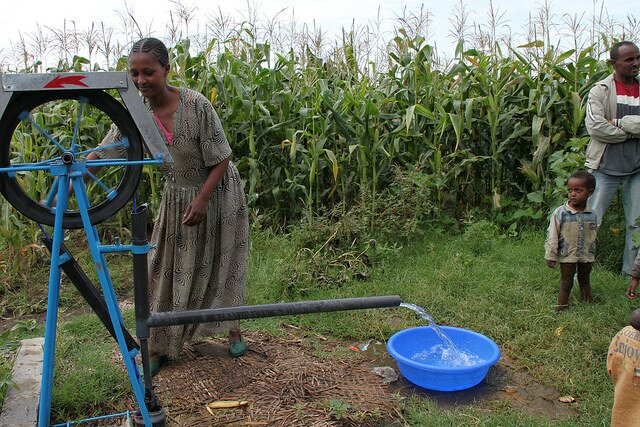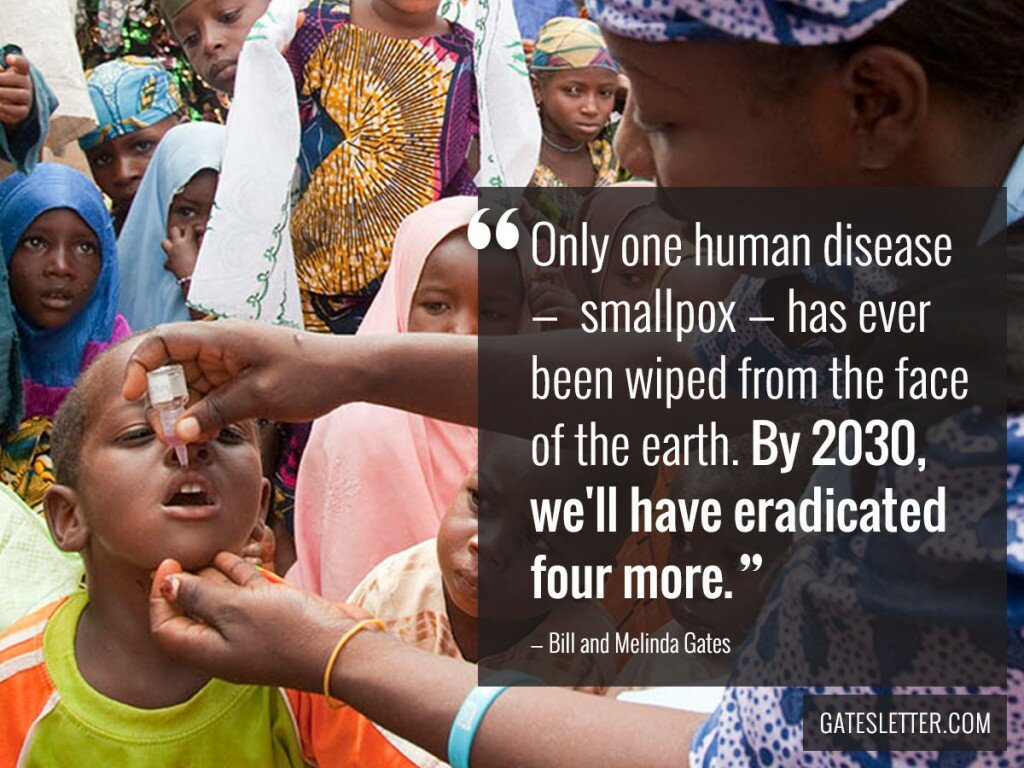By CBM UK
This blog post is part of Global Network’s #G7forHealth series, which highlights the current and potential impact of G7 countries on those suffering from neglected tropical diseases.
Hadiya is 9 years old. When CBM community workers met her in her village in Amhara, Ethiopia, her eyes had been itching and watering for three days. “It keeps her from being able to see others. She can’t see them clearly because of the tears,” explained her father Ali. But it wasn’t the first time Hadiya has experienced trachoma and she’s not alone in her village. 6 out of every 10 children in this region of Ethiopia suffer from an active trachoma infection.
Hadiya’s infection was treated with Zithromax, and her family now knows how face washing can help prevent the disease. CBM’s partner, Organisation for Rehabilitation and Development in Amhara (ORDA), has been working with the community to ensure that the village well is protected with the source capped and a retrieval unit fitted so that the water used for drinking and washing stays clean.
These interventions will make a huge difference to Hadiya. Not only will she be free from the itching and pain of the trachoma infection, but she is no longer at risk of losing her sight to the disease. And in a poor community like Hadiya’s the consequences of sight loss can be utterly devastating. Her chances of completing her education would be much reduced – only 1 in 10 children with disabilities in the global south goes to school. She would be at 2-3 times greater risk of violence or abuse. Her access to healthcare and opportunities to earn a livelihood would be far more limited. Like millions of people with disabilities worldwide, she could very easily find herself trapped in a cycle of poverty and disability.
Neglected tropical diseases (NTDs) such as trachoma are caused by poverty, flourishing under conditions characterised by poor housing and sanitation, unsafe water and limited access to basic health care. But by causing disability, they also lead to increased poverty for individuals and communities. This is why we believe investment in the fight against NTDs should be a priority for the world’s leading economies and why CBM UK — alongside 100+ international institutions and experts working on NTDs — is one of the signatories of an open letter to G7 leaders, asking them to sustain their current support for NTD control and elimination as well as to address current gaps.
Tackling disability is vital to ending extreme poverty, and eliminating NTDs like trachoma is a key way to prevent disability – 2.2 million people are visually impaired due to trachoma, and of them 1.2 million are irreversibly blind.
CBM has been working to prevent and treat blinding NTDs such as river blindness (onchocerciasis) and trachoma for over 20 years. CBM UK is currently involved in the Queen Elizabeth Diamond Jubilee Trust’s programme to tackle blinding trachoma in 10 out of 18 Commonwealth countries where trachoma is confirmed or estimated to be endemic.
Within the Trust’s programme, CBM UK is an implementing partner in Kenya, Uganda and Malawi, aiming to eliminate trachoma as a public health problem in each of these countries. This is done by implementing the ‘SAFE’ Strategy which consists of Surgery, Antibiotics, Facial Cleanliness and Environmental Improvements. The programme has recently completed its first year. During this time, CBM has held a number of community outreach camps to conduct trachoma surgery, which is used to treat the more advanced, blinding stage of the disease. The surgery element of the SAFE Strategy is used to address the backlog of trachoma cases, whilst the other elements are aimed at prevention and stopping (re)infection.
Funding programmes like the Trust’s initiative make a crucial contribution to the World Health Organisation’s (WHO) Alliance for the Global Elimination of trachoma by 2020 (GET 2020). The UK and the other G7 members must now ensure that this moment is sustained to permanently eliminate trachoma and other NTDs.
CBM is in international Christian disability and development organisation improving the quality of life of millions of people living with or at risk of disability in some of the world’s poorest communities. CBM UK programmes include a range of NTD programmes and other disability related programmes in Health, Livelihoods and Inclusive Education.



